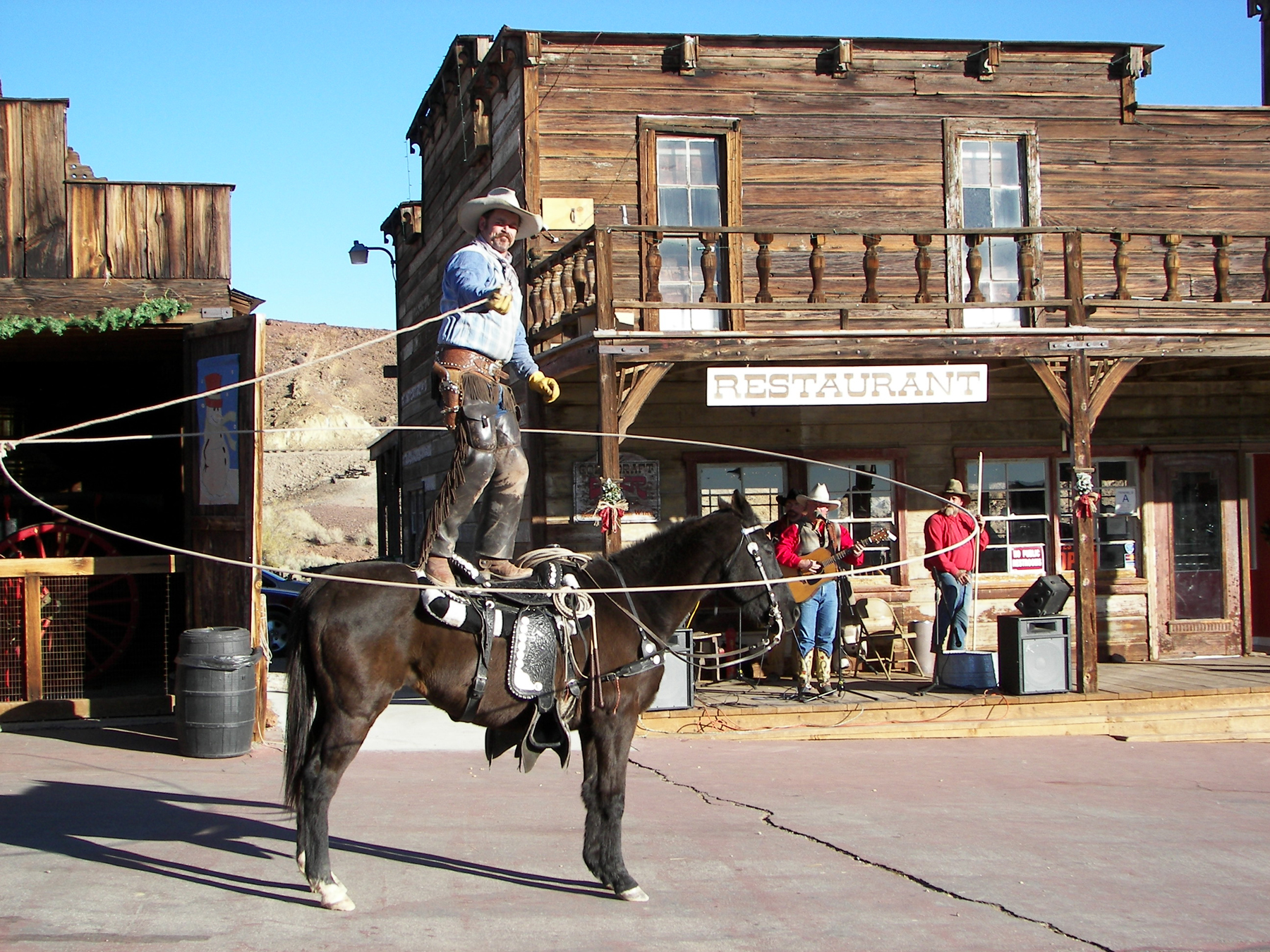When you choose to travel down lesser known roads, there are always surprises waiting around each turn. In California’s Mojave Desert, it is a given. You might find a luxury resort appearing like a mirage in the middle of barren desert, caves to explore, looming sand dunes and even a “theme” park, all waiting off-the-beaten- road. But when you stumble upon those remnants of a gold or silver mining town, you’ve discovered pieces of California’s rich history that recalls California’s promise of fortune and new beginnings in a new frontier—the West.
Keeler
Keeler became home to about 300 miners in the early 1870s, but with the coming of the railroad in 1883 with its terminus near Keeler—large marble quarries opened in the area. The town, also a popular layover stop for stagecoach riders on the way to the Mojave, is located on the eastern shores of Owens Lake, a dry lakebed, near State Route 136. Originally known as Hawley, Keeler came to be when the 1872 earthquake in nearby Lone Pine destroyed the Swansea Pier that carried freight to be rebuilt in Keeler.
The steamship “Bessie Brady” brought ore from Keeper across the lake to the town of Cartago, but the steamship was destroyed by fire in 1882. The Carson and Colorado Railroad constructed a narrow gauge railway to Keeler the following year. With the success of the nearby Cerro Gordo mines, Keeler boomed until silver prices plummeted in the late 1880s. By the 1950s, all mining had ceased and train service stopped in 1960. Once a popular beachside resort, Owens Lake was eventually reduced to a dry lakebed due to the continuing water exports to Los Angeles. The resultant unhealthy dust contributed to many people leaving the area.
Today, only about 60 people reside in Keeler, making it a sort of “living” ghost town. The original 1883 post office still operates there, but mostly you will see empty shacks, junked cars and remnants of a beach reclaimed by wild grasses. Unfortunately, not much remains of the area’s other ghost towns, Darwin and Swansea, except interesting histories and sparse remnants of original structures.
Rhyolite
Located on the eastern entrance to Death Valley, Rhyolite is a full-fledged ghost town and offers more remnants of its glory days to explore. Gold was discovered here in 1904, creating a rush with more than 2,000 claims and the building of a town with saloons, restaurants and a boarding house. Later, came a schoolhouse and an ice cream parlor, opera house, train depots, a bank, a general store and hospital to meet the needs of the growing population. In 1906, a miner built the town’s famous “Bottle House” consisting of 50,000 beer and liquor bottles. Rhyolite also saw the building of two railroads, the Tonopah & Tidewater Railroad and the Las Vegas & Tonopah Railroad.
The Panic of 1907, marked by plummeting stock prices and a run on banks, was the undoing of thriving Rhyolite whose main investors were from the east. Mines began to close, and soon the trains were filled with residents fleeing the area.
Today you can find several remnants of Rhyolite’s glory days. Some of the walls of the three-story bank building are still standing, as well as part of the old jail. The train depot, which is owned by the Bureau of Land Management, is one of the few complete buildings left in the town, as is the Bottle House and a small stone cabin, which have been restored. Plans are also underway to restore the depot as well.
Calico Ghost Town

You might call Calico Ghost Town a “theme park,” but that is a very liberal term for it. It really qualifies more for ghost town genre with some visiting hours, tours and shopping thrown in. What is particularly interesting about Calico is its ancient history as well as its silver-mining days and the decades that followed.
Early human beings may have very well wandered the hills that make up Calico Ghost Town off Calico Road in Yermo (near Barstow), given its proximity to the Early Man Site nearby. We do know for a fact that Wyatt Earp once walked the streets of the 1880’s silver-mining boomtown. Calico was resurrected in 1950 by Walter Knott of Knott’s Berry Farm fame. The ghost town could have become the “Knott’s Berry Farm of the desert, but he wisely choose to donate the historic town to San Bernardino County as a regional park. The “quasi-tourist attraction” does see a fair share of visitors on the weekend, unlike other ghost towns that populate the Mojave, but the town “as purty as a gal’s calico skirt” is far from a commercial attraction.
One-third of the original structures of the hillside town exist; others have been recreated. The main street of Calico, lined in wooden sidewalks, is populated by shops, a few informal eateries and people decked out in period costumes. It is not unusual to catch a gunfight here at any time. On top of one hill overlooking Main Street is the one-room schoolhouse; hills on the other side are the site of former miners’ shacks and numerous abandoned shafts. Take a “Ghost Tour” to absorb all of the local history; Maggie’s Mine is an interesting walk through one of Calico’s rich silver mines. A narrow-gauge railroad loops passengers out to the heavily mined mountains.
As you wander through town, you are bound to wonder why Calico became a ghost town. It wasn’t due to fire like many others, although part of the town had experienced fires and been rebuilt. And, it wasn’t due to an illness that spread through so many other towns during the era. The reason Calico closed down was simply economics. The price of silver declined to the point that mining was no longer practical. There is another plus to touring Calico. You may be the one to discover “The Lost Hogan gold treasure.” Legend has it the treasure is buried in Calico “three feet from the big rock.”
Cerro Gordo
More treasured remnants of California’s exciting mining days can be found at Cerro Gordo, perched at 8,500 feet in the mountains above Owens Lake near Lone Pine. Silver was discovered in the town in 1868, and it soon became one of the wildest towns in the West with an abundance of saloons and dance halls and a population topping 4,000. Although the town has been closed to collectors for more than 20 years, it is rich in rocks and minerals, a result of serving as the dumping site for thousands of tons of material from nearby mines.
Mule teams transported the ore to Los Angeles nearly 300 miles away with trains of huge freight wagons made trade of the silver bullion integral to the city’s economic development. In 1875, Cerro Gordo suffered a series of setbacks, ranging from scarcity of ore to the temporary loss of a water supply. On top of that was an ongoing litigation about the ownership of the Union mine there. In the end, a fire destroyed some of the mine buildings, plus the falling lead and silver prices ended Cerro Gordo’s silver mining era. However, in 1912 the Cerro Gordo group that owned tunnels, shafts and an aerial tramway that connected to the narrow-gauge Southern Pacific Railroad at Keeler was acquired by a Utah group that eventually made Cerro Gordo the largest producer of zing carbonates in the country.
Today, Cerro Gordo is revered as one of the most authentic mining towns in California, historically preserved and open to the public. Take a walking tour of the ghost town to soak up the rich history and get a sense of what it was like to live in Cerro Gordo in its heyday. Available by reservation, the tours can be guided or self-guided. Either way you choose, you’ll visit the many buildings that still stand, including the General Store full of historical artifacts and mining tools, the Assay Office, the Hoist House and more.
Note: Cerro Gordo Road is a county maintained gravel and dirt road, about 8 miles long and fairly steep in places.
Death Valley Ghost Towns
A handful of other ghost towns are within the confines of Death Valley, however, not many have easy access. Read about the towns of Skidoo, Randsburg, Nipton and more here.














